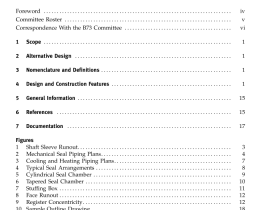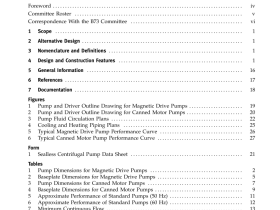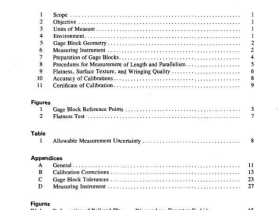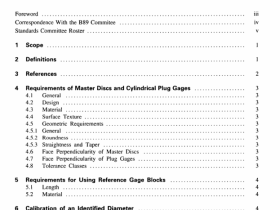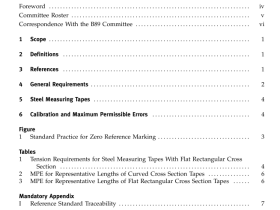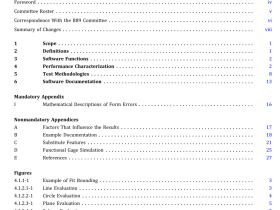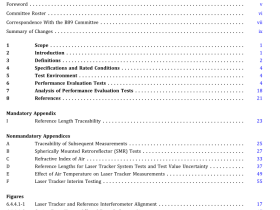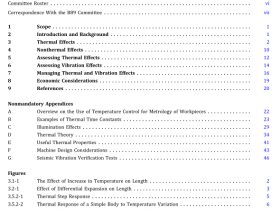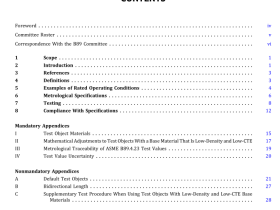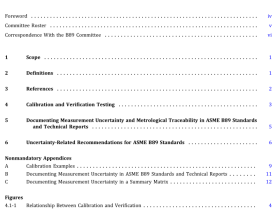ASME B107-410 pdf download
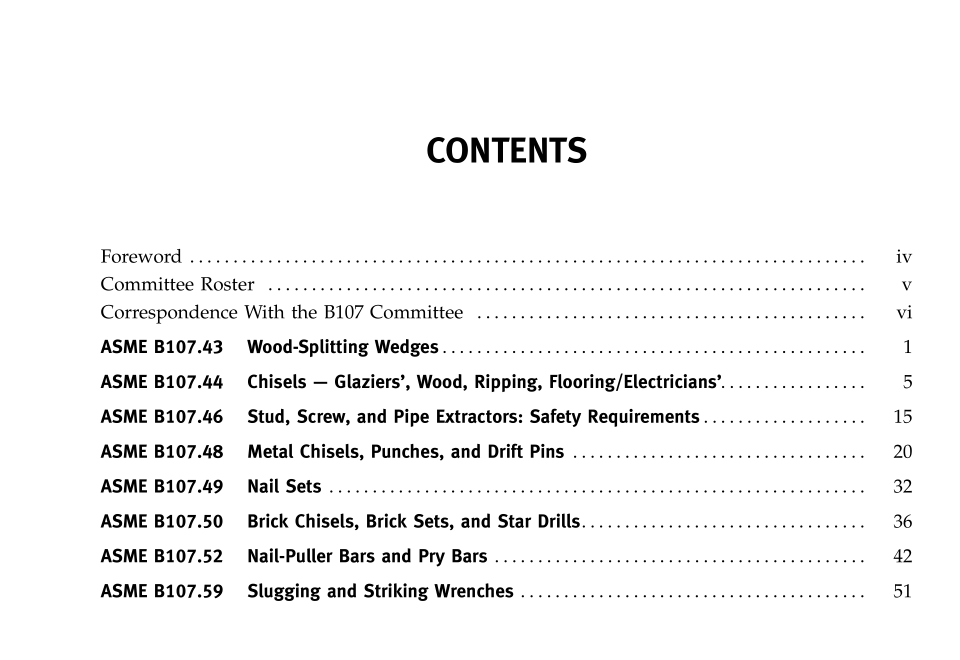
ASME B107-410 pdf download Struck Tools Incorporation of ASME B107.43, ASME B107.44, ASME B107.46, ASME B107.48, ASME B107.49, ASME B107.50, ASME B107.52, and ASME B107.59
4.2 Materials
The materials used inthe manufacture ofwedges shall be such as to produce wedges conforming to the requirements specified herein.
4.3 Mechanical Properties The hardness of the wood-splitting wedges shall not exceed 35 HRC or equivalent.
5 TESTS Many tests required herein are inherently hazardous, and adequate safeguards for personnel and property shall be employed in conducting such tests. Separate (new) wedges shall be used for each test. Failure to meet the requirements of either test indicates that the wedges do not comply with this Standard.
5.1 Hardness Determination Test Hardness determination shall be made on a fixtured wood-splitting wedge or on a mounted or unmounted specimen that has been cut from the tool using the wet abrasive or other equivalent method. Any hardness test will be acceptable that uses equipment and methods equivalent to Rockwell hardness determination as speci- fied in ASTM E 18.
5.2 Struck Face Test The wedge shall be vertically mounted and supported with the splitting edge resisting directly on a mild steel plate of not less than 0.75 in. (19.1 mm) thickness. The steel plate shall be rigidly supported on an anvil or other similardevice ofsufficientmass to resistdeflection. Prior to conducting this test, care should be taken to blunt the splitting edge to ensure that the impact energy is not expended in deformation of the splitting edge. A steel weight of10 lb (4.5 kg) witha striking face hardness of 45 HRC to 60 HRC shall be dropped unrestricted from a heightof5.0 ft (1.5 m) onto the wedge a minimum of five times. Typically, the weight is cylindrical and is dropped through a seamless tube slightly larger than the diameter of the weight. The weight shall be dropped in such a manner that each drop applies the full force squarely to the struck face of the wedge. The struck face shall not crack or chip. Normal defor- mation of the struck face shall be permitted.
6 SAFETY REQUIREMENTS AND LIMITATIONS OF USE Instructors and employers shall stress proper and safe use of wedges and shall emphasize the need to wear and ensure the use of safety goggles. The publication Guide to Hand Tools —Selection, Safety Tips, ProperUse and Care provides guidelines for the safe use of these tools.
(a) Wood-splitting wedges are special-purpose tools designed and intended only for use in splitting wood.
(b) Wood-splitting wedges shall not be struck with an ax or hatchet.
(c) A blow from an appropriate striking tool shall be struck squarely, with the striking face parallel with a struck face of the wedge. Glancing blows, overstrikes, and understrikes should be avoided.
